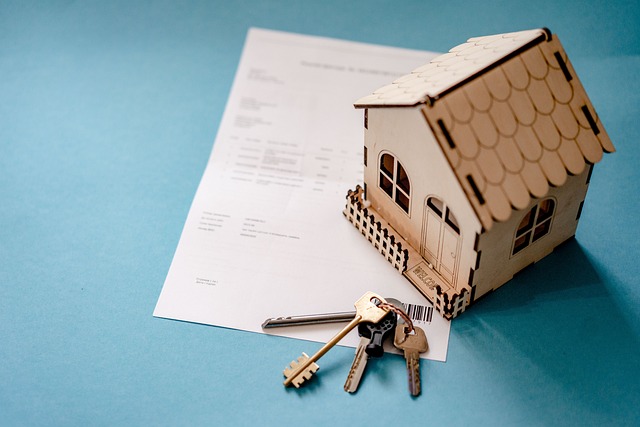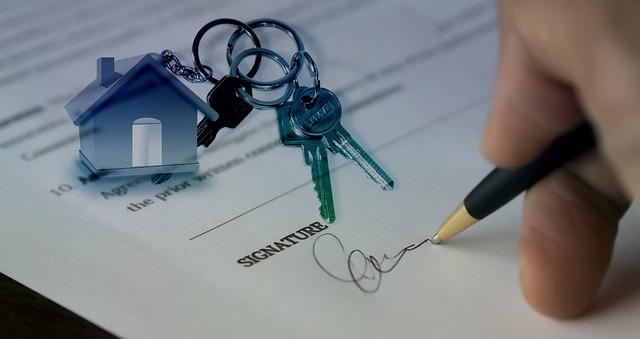The Address Occupant Lookup (AOL) systems have significantly advanced through the integration of real-time data streams, machine learning, and artificial intelligence, enhancing efficiency and accuracy. These systems now incorporate Geographic Information Systems for spatial context and draw from diverse data sources to provide current occupant information. The precision of AOL has been further refined by AI's predictive analytics and adaptive learning capabilities, which continuously improve data reliability and validation. Natural language processing expands the utility of these systems by extracting valuable insights from unstructured text. Blockchain technology is transforming AOL by introducing transparency, security, and efficiency through immutable records, smart contracts for automated checks, and protection against data tampering and breaches. As data privacy regulations like GDPR and CCPA set stricter standards, the AOL field is adapting to prioritize consumer consent and security, with an eye on maintaining compliance and integrating advanced technologies to safeguard data integrity and individual privacy rights in a complex regulatory landscape.
As data-driven technologies advance, the methodology for address occupant lookup is poised to undergo significant transformations. This article delves into the future trends shaping this realm, exploring enhancements in data integration, the role of artificial intelligence, and the potential of blockchain technology to revolutionize occupant identification processes. We will also examine the regulatory landscape that is set to influence how occupant data is accessed and managed. Join us as we navigate these pivotal developments in address occupant lookup systems, ensuring your understanding remains at the forefront of this evolving domain.
- Advancements in Data Integration: Enhancing Address Occupant Lookup Systems
- The Role of Artificial Intelligence in Streamlining Occupant Identification
- Blockchain and Address Occupant Lookup: Transparency, Security, and Efficiency
- Future Regulatory Considerations Shaping the Landscape of Occupant Data Access
Advancements in Data Integration: Enhancing Address Occupant Lookup Systems

The field of Address Occupant Lookup systems has seen significant advancements in data integration, which are poised to enhance their efficiency and accuracy. These improvements are primarily driven by the integration of sophisticated algorithms with real-time data sources. By leveraging machine learning and artificial intelligence, these systems can now process vast amounts of data from public records, private databases, and even social media platforms. This fusion of disparate datasets enables more comprehensive and up-to-date occupant information retrieval. The result is a system that provides more accurate resident details, reducing the margin of error and improving response times for businesses and services that rely on Address Occupant Lookup data.
Furthermore, the integration of geospatial technologies has further augmented the capabilities of Address Occupant Lookup systems. Geographic Information Systems (GIS) are now seamlessly incorporated to provide spatial context to occupant data. This allows for more precise targeting and a deeper understanding of demographic patterns within specific areas. The combination of enhanced data accuracy, real-time updates, and geospatial intelligence positions Address Occupant Lookup systems as indispensable tools in various sectors, including direct marketing, credit risk assessment, and emergency services planning, ensuring that these systems will continue to evolve and play a critical role in the future landscape of data utilization.
The Role of Artificial Intelligence in Streamlining Occupant Identification

The integration of Artificial Intelligence (AI) has significantly transformed the landscape of Address Occupant Lookup, enhancing its accuracy and efficiency. AI algorithms, particularly those leveraging machine learning, are adept at analyzing vast datasets to identify patterns and anomalies within address records. These systems can cross-reference occupant data across multiple sources, including public records, social media profiles, and commercial databases, to validate the information with greater precision than traditional methods. The predictive capabilities of AI enable more reliable predictions regarding occupancy status, such as identifying when a residence may have new or departed residents.
Furthermore, AI’s role in Address Occupant Lookup is not limited to data validation but extends into the realm of continuous improvement through adaptive learning. As new data becomes available, AI systems can update their models accordingly, ensuring that the occupant information remains current and relevant. The application of natural language processing (NLP) within these AI systems allows for the understanding and interpretation of unstructured text, such as handwritten notes or scanned documents, making it possible to incorporate previously inaccessible data sources. This technological advancement not only streamlines the occupant identification process but also paves the way for more personalized and targeted interactions between residents and service providers, thereby elevating the Address Occupant Lookup to a new level of sophistication and utility.
Blockchain and Address Occupant Lookup: Transparency, Security, and Efficiency

Blockchain technology has emerged as a transformative force in enhancing the transparency, security, and efficiency of the Address Occupant Lookup process. By leveraging decentralized ledgers, blockchain can provide an immutable record of occupancy data, ensuring that the information is transparent and verifiable by all stakeholders. This eliminates the potential for data tampering or discrepancies often associated with centralized databases. The use of smart contracts on blockchain platforms can automate the verification process, streamlining the lookup procedure and reducing the reliance on manual checks. This not only speeds up the process but also significantly lowers the risk of unauthorized access or data breaches, which are prevalent concerns in traditional systems.
Furthermore, blockchain’s inherent characteristics offer a novel approach to Address Occupant Lookup by facilitating real-time updates and access controls. With each transaction recorded as a new block, the history of occupancy becomes easily auditable and resistant to unauthorized modifications. This immutable record is particularly beneficial for use cases where verification of occupants is critical, such as in the delivery of goods, background checks, or regulatory compliance. As the technology matures, we can expect Address Occupant Lookup to become more precise and reliable, with blockchain enabling a seamless integration of various data sources to provide comprehensive and up-to-date occupancy information.
Future Regulatory Considerations Shaping the Landscape of Occupant Data Access

As the field of Address Occupant Lookup evolves, regulatory considerations are increasingly shaping its trajectory. Future trends in this domain are likely to be influenced by data privacy laws and regulations, such as the General Data Protection Regulation (GDPR) in Europe and the California Consumer Privacy Act (CCPA) in the United States. These frameworks impose stringent requirements on data handling, storage, and processing, which directly impact how occupant data can be accessed and utilized. Companies operating within this space must adapt to ensure compliance with these regulations, which prioritize consumer consent and data security. The evolving landscape of occupant data access is not just a response to legal imperatives but also reflects a broader societal shift towards valuing personal privacy and data protection.
In the coming years, the Address Occupant Lookup industry can expect a continuation of regulatory scrutiny, with an emphasis on transparency and accountability. The role of technology in facilitating secure and ethical access to occupant information will be paramount. Innovations such as blockchain and advanced encryption methods are expected to play a significant role in enhancing data integrity and safeguarding against unauthorized access. Additionally, the integration of artificial intelligence (AI) and machine learning algorithms may help in automating compliance checks and ensuring that data handling practices remain up-to-date with the latest regulatory requirements. As these technologies mature, they will likely become integral to the Address Occupant Lookup sector, providing a balance between the legitimate needs for occupant information and the protection of individual privacy rights.
In conclusion, the trajectory of Address Occupant Lookup systems is poised for significant advancements, integrating sophisticated data systems with cutting-edge artificial intelligence. These innovations promise to refine occupant identification processes, rendering them more efficient and reliable. Additionally, the potential application of blockchain technology underscores a commitment to transparency, security, and efficiency in managing occupant data. As we look ahead, it is clear that future regulatory frameworks will play a pivotal role in shaping the landscape of occupant data access. Stakeholders must navigate these changes with foresight, ensuring compliance while harnessing technology’s capabilities to their fullest potential. The evolution of Address Occupant Lookup systems is a testament to human ingenuity and its capacity to address complex challenges in data management, privacy, and security.



